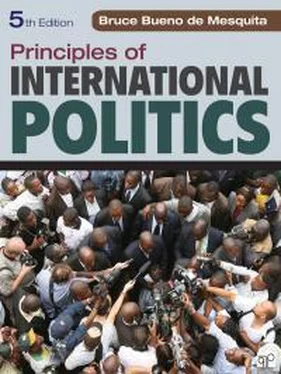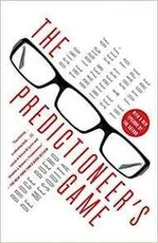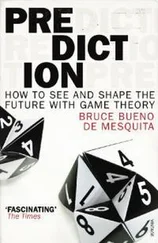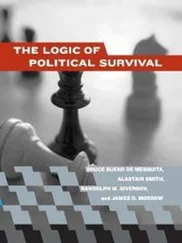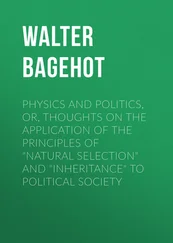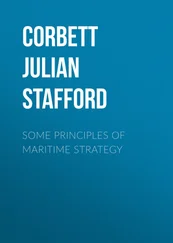The assumption of rationality is a starting point for constructing theories. The rationality condition sets out the theorist’s view of how people are likely to select actions given their motivations or preferences; it says nothing about the content of those preferences (Zagare 1990; Jackman 1993). Rational choice models are models of action. They predict what people are expected to do depending on what their individual preferences are and depending on the constraints they face, such as, for instance, the choices of other people. The precise assumption about what actors prefer varies from theory to theory. Sometimes critics mistakenly believe that the assumption of rationality means that self-interested actors must want to maximize their income or wealth, a condition commonly (but certainly not universally) assumed in models of individual or firm behavior in market economics but uncommon in political science rational actor models, even oligopoly models of international relations (Powell 1993, 1999).
International relations models vary in what they assume as the ultimate goal or set of goals of their actors. These goals may be national security; national power; personal wealth; control over international rules, norms, or policies; personal power; survival in office; decision-making discretion, or a host of other possibilities. The actors may be individual citizens, elites, leaders, states, nongovernmental organizations (NGOs), international governmental organizations, multinational corporations, or many other entities. Thus, the assumption of rationality neither limits the goals to be studied nor the identity of the actors pursuing those goals. It only limits how actors choose actions given their desires and beliefs.
I have stipulated the assumptions of completeness and transitivity as the minimal requirements for rational behavior. Later we will add more constraints to establish more demanding definitions of rationality, but these two requirements will always be there. And with these two minimal requirements in place, we can move on to think carefully about what might be in the national interest and why that concept proves wanting when we talk about international relations and foreign policy. This is important to do because there is a great divide between those who think of states as rational, unitary actors and those who think of international politics being shaped by the pulls and tugs of both domestic and foreign political actors. The national interest, as we will see, is easily—but perhaps not meaningfully—specified if we assume states are rational unitary actors. Such an assumption means that states, and not any individuals within a state, are the holders of complete and transitive preferences and that the state acts on them. The national interest, then, is pretty much whatever the state—a solitary, dictatorial decision maker—chooses it to be. But if there are political divides within a state—and when aren’t there?—then the idea that the state reflects the national interest requires that the state implements some rule for adding up individual preferences to figure out what is in the collective, national interest. As we will see, it turns out to be impossible to pick a rule that we can be assured will routinely and accurately aggregate and translate our individual desires into a meaningful specification of the national interest. That is, we will see that we can almost never be confident that we have a way to go from what lots of individuals want to what “We the People” want. Knowing that should profoundly alter how we think about international politics.
IS THERE A NATIONAL INTEREST?
Two central tenets behind most studies of international relations are that there is a national interest and that states pursue that interest. Different people propose different core contents for the national interest. Hans Morgenthau ([1948] 1978), the father of modern realist thinking, thought that the highest interest of any state was to increase its power in the world so that it can get others to do what it wants even if they prefer doing something else. Kenneth Waltz (1979) introduced neorealism as a friendly amendment to realism. Neorealism argues that states are first and foremost interested in their prospects of survival. Therefore, neorealist states always take whatever actions they can to make themselves more secure against foreign threats. Sometimes that can even mean giving up some power to gain security (Niou, Ordeshook, and Rose 1989)—contrary to Morgenthau’s realist view. Liberal and neoliberal thinkers, like Robert Keohane and Joseph Nye (1972, 1977), agree that states have overriding interests but for them the premier interest is to achieve prosperity within secure borders. A. F. K. Organski (1958), the founder of power transition theory, maintained that states sought control over the rules and norms governing international interactions and that power and growth were the critical paths to such control. Others offer still other principles that dictate what states want and what, therefore, serves their purported national interest.
The very fact that different analytic perspectives emphasize different interests as the core behind any state’s national interest should alert us that there is something really problematic here. If, after all, there is a national interest and all states share it then we might reasonably think that everyone ought to agree on what it is. Yet the debates among realists, neorealists, liberals, neoliberals, power transition theorists, hegemonic power theorists, and many others make clear that there is not a consensus on what the national interest is or ought to be or that it might vary from state to state. These differences raise a legitimate concern about how we can know what the national interest is, but that concern, troubling though it is, turns out to be relatively minor. There is a much bigger concern called Arrow’s (1951) impossibility theorem.
Arrow’s theorem teaches us that when a group of people must choose among three or more alternatives no rule or voting system that meets some basic fairness criteria can be designed to guarantee that it can take each decision maker’s complete and transitive preference ordering into account and create a group ranking that is also complete and transitive and that represents the will of the group. Because no rule can assuredly work in all cases, we can never really know whether the policy the rule chooses is actually in the general interest. Since the theorem applies whether we are talking about the people living in a state, or its voters, or committee members, club members, or any other social grouping its application is universal and its implications extremely serious.
Before explaining Arrow’s fairness criteria and what Arrow’s discovery means for the idea of a national interest, let’s first talk about how we might go about defining intuitively what we mean by the national interest. Personally, it seems sensible to me to think of a foreign policy as being in the national interest if it is supported by at least a majority of the people and preferably by a large majority. Unfortunately, as we will see, such a simple notion of the national interest, while appealing in its effort to reflect what almost everyone wants, just doesn’t work. Let’s start with an illustrative example that highlights how little we can infer about the national interest even if we know or observe correctly that a supermajority favors a particular foreign policy, say maximizing national security.
Consider two very important areas of foreign policy: (1) national defense and (2) trade. Defense spending is at the heart of acquiring security against foreign threats. Trade policy is critical to shaping national prosperity, including, therefore, the ability to afford adequate defense. Now let’s imagine that the American electorate is (for simplicity’s sake) divided into three equal-sized camps. In reality, there are surely many more factions than that in American politics or pretty much any country’s politics. More factions will only exacerbate the problem I am about to demonstrate. Assume that the first faction consists of those who favor a protectionist trade policy (high tariffs—essentially a tax—to keep foreign goods from competing with American-made goods in the United States) and who also support a larger defense budget to protect the United States from foreign threats. The tea party movement, which gained prominence within the ranks of the Republican Party in 2010, fits this description rather well. In figure I.1, this set of preferences is labeled as TP (trade protectionists) and DH (defense hawks). The second group, denoted TF (free trade), DM (defense moderates) is made up of those who are pro–free trade (i.e., no restrictions on goods imported to the United States; TF) and those who believe current defense spending is about right so they are defense moderates (DM). Many centrist, independent voters fall within this camp. The third group is made up of trade moderates (TM) who believe the US government has the right balance between tariffs and free trade but believe that defense spending is too high (defense doves, or DD) and needs to be cut. Many liberal Democrats fit this description. Each group is in favor of maximizing national security, being convinced that doing so is in the national interest. They just disagree about what policies best accomplish this goal.
Читать дальше
